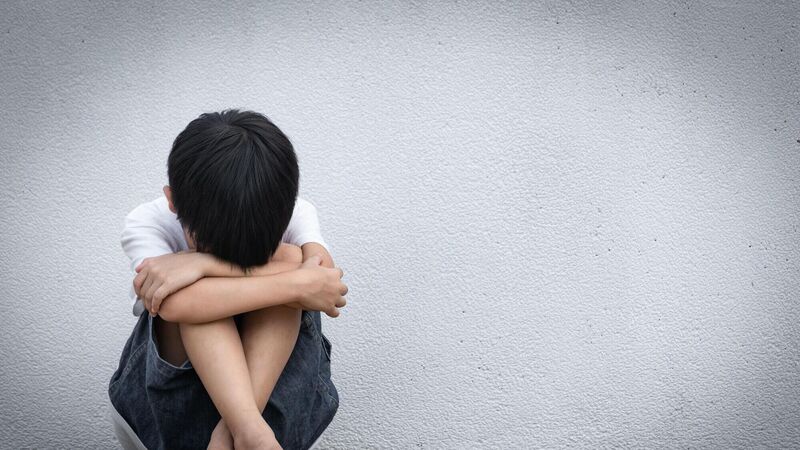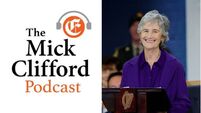Colm O'Connor: Fighting bullying cannot work in a school system exclusionary by design

We need to speak about the reality of the education system and its impact on young people.
Last month, the Minister for Education, Norma Foley launched a new anti-bullying initiative, which would, she said, help our schools to work together towards a diverse and inclusive society.
Entitled ‘Cineáltas’, the Irish word for kindness, the plan has important content and of course is to be welcomed: but can it deliver on its stated aim?
What if the system itself is the problem, the source code, for much of the unkindness experienced by young people?
In his article on the plan, Colman Noctor identified a significant and, I think, telling omission: the practice of exclusion and isolation.
Based on decades of therapeutic experience, he offers this crucial insight on this form of bullying:
“Typically this involves a powerful group member who dictates to others to ignore and not engage with the victim…Others are reluctant to engage with the ostracised child, fearing the group leader will exclude them”.
However, Dr Noctor was not only talking about students, he was also referring to the culture in which some parents, teachers, school leaders, and institutions act as role models for exclusion, on a daily basis.
As an educator, I completely agree, and would argue that we need to name and challenge this culture, if we are to have any chance of delivering truly inclusive schools.
We need to speak about the reality of the education system and its impact on young people and avoid mythologising either the past or the present.
What I see, is a competitive and fragmented system, often shaped along class lines, in which the State has restricted influence, and we have no national consensus on the primary purpose of education.
To date, we have seen no appetite among the main parties to develop a single model of public education. This fragmentation not only means that the system is very difficult to reform and manage, but it also creates the space necessary for exclusionary practices to develop and persist.
In this context, schools sometimes make choices that cause profound, even inter-generational harm.
There are many examples, of which students themselves are keenly aware. These can include practices, at the point of entry, such as ‘interviews’ that establish ‘soft barriers’; schools’ refusals to open special classes, or an aversion to enrolling poorer, ‘weaker’, Traveller, or migrant children.

It can also be seen in the classroom, through the public shaming of non-religious children at the back of many primary classrooms — a practice, incredibly set to continue under the NCCA’s new primary curriculum, despite criticism from multiple organisations, including the UN.
Likewise, it can be seen in the diminishing of LGBTQI+ identities and relationships in sex ed classes; the ableist promotion of attendance awards, the invisibility of (certain) cultures and extraordinarily, in a publicly-funded system, the exclusion of children whose parents can neither pay high fees nor grinds.
Last month, we saw the annual climax of this philosophy — the publication of university league tables, which, instead of being seen as evidence of exclusion and selective entry, are presented as ‘evidence of excellence’.
On the contrary, they are the most visible symptom of an education system that is quite unwell.
With values such as these on display, how should we expect students to react when adults demonstrate, rationalise, and deny both the existence of exclusionary behaviours and the privilege that they provide at different levels?
It seems likely that students would internalise these values and mimic the behaviours. After all, how can they/you/I develop empathy for a group of people, with whom we have little contact?
Inclusion and diversity nurture the empathy necessary to foster healthy communities, whether they be inside or outside schools.
The cause, is a moderate case of neo-liberalism, where education is largely seen as a market place; students as consumers; teachers as service providers, and where the notion of ‘parental choice’ is an ideological tool used to normalise the privilege available to some, but not others.
For all the great work, done by thousands of teachers, in all schools, I think it’s fair to say that a demand for exclusionary practices remains, and in the absence of an agent of State, the market responds in kind.
As a consequence, solidarity, hope, empathy, love and wellbeing must take second place.
The Cineáltas initiative is very welcome, but it will not be enough to challenge the exclusionary values at the base of bullying.
To deliver truly inclusive and diverse schools, State-subsidised privilege must be named and challenged, and a values-driven, student-centred model of public education, under the full democratic control of the people (ideally through local education authorities) should be built.
Perhaps these ideas will be considered, if the promised Citizens Assembly For Education is delivered, as per the Programme for Government.















